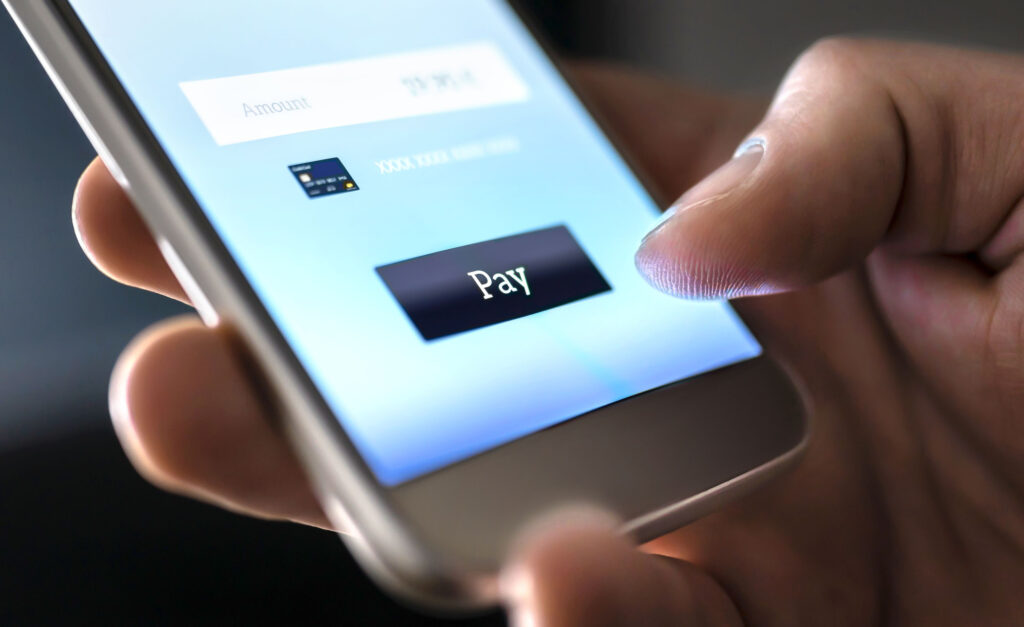What Is a Mobile Payment System?

A mobile payment system is a tool that helps people pay money for a product or service through the use of mobile devices like tablets and cell phones. Its easy-to-use applications also help people transfer money to each other without going through institutionalized banking systems. With it, customers can transact with money across great distances.
Mobile payment systems have four different types:
- SMS payments – payment through text messages.
- Mobile wallet – it stores payment information in app and uses QR and NFC technology to make payments
- NFC payments – uses radio frequency identification to communicate and pay each other.
- WAP payments – accesses the internet to utilize online payment like PayPal or credit card to make payments.
Usually these devices need a phone or a smartphone, NFC terminals, credit card readers, or other mobile card readers. The technologies used depends on the kind of mobile payments being made.
At their most sophisticated, like China’s WeChat and Alipay system, mobile payments can make life so much easier for consumers and businesses alike. Here are some reasons why sophisticated mobile payments increase in adoption:
- One-tap secure payment – customers and businesses can use their smartphones to pay for anything from stall vendors to luxury items just by scanning barcodes and typing in the correct amount.
- Credit scoring – mobile payments are connected to local banks, which means that sales and purchases are tracked by banks, which can help improve your credit score if you’re savvy in handling your money.
- Anti-counterfeit – both customers and businesses alike will have the security that their banknotes are real and will not have to worry that they are counterfeit.
- Digital wallet – still have credit and debit cards? Many apps can still store your debit and credit cards in your mobile payment system.
- Points and rewards – many mobile payment systems offer their customers rewards, which is enticing for many users. At the same time, businesses can easily integrate loyalty and incentive programs into the mobile app.
As more and more consumers become digital natives, people begin to rely more on mobile payments. Countries in Asia are leading the way at an average of 19.6 percent adoption per year with India and China leading the pack at 30.9 percent adoption growth. Worldwide, the adoption rate is at 10.9 percent until 2020. The U.S., however, isn’t as quick in adopting this technology with only 12 percent trusting mobile payment applications, and only 25 percent willing to share their data.